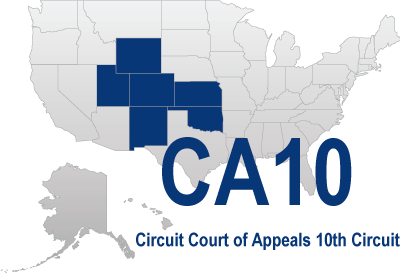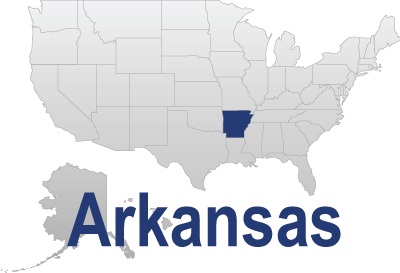Florida v. Harris – 568 U.S. 237, 133 S. Ct. 1050 (2013)
A police officer has probable cause to conduct a search when “the facts available to [him] would ‘warrant a [per-son] of reasonable caution in the belief ’” that contraband or evidence of a crime is present… “Finely tuned standards such as proof beyond a reasonable doubt or by a preponderance of the evidence . . . have no place in the [probable-cause] decision.” Gates, 462 U. S., at 235. All we have required is the kind of “fair probability” on which “reasonable and prudent [people,] not legal technicians, act.”… So too here, a finding of a drug-detection dog’s reliability cannot depend on the State’s satisfaction of multiple, independent evidentiary requirements. No more for dogs than for human informants is such an inflexible checklist the way to prove reliability, and thus establish probable cause….Making matters worse, the decision below treats records of a dog’s field performance as the gold standard in evidence, when in most cases they have relatively limited import. Errors may abound in such records. If a dog on patrol fails to alert to a car containing drugs, the mistake usually will go undetected because the officer will not initiate a search. Field data thus may not capture a dog’s false negatives. Conversely (and more relevant here), if the dog alerts to a car in which the officer finds no narcotics, the dog may not have made a mistake at all. The dog may have detected substances that were too well hidden or present in quantities too small for the officer to locate. Or the dog may have smelled the residual odor of drugs previously in the vehicle or on the driver’s person.2 Field data thus may markedly overstate a dog’s real false positives. By contrast, those inaccuracies—in either direction—do not taint records of a dog’s performance in standard training and certification settings…There, the designers of an assessment know where drugs are hidden and where they are not—and so where a dog should alert and where he should not. The better measure of a dog’s reliability thus comes away from the field, in controlled testingenvironments.3 For that reason, evidence of a dog’s satisfactory performance in a certification or training program can itself provide sufficient reason to trust his alert. If a bona fide organization has certified a dog after testing his reliability in a controlled setting, a court can presume (subject to any conflicting evidence offered) that the dog’s alert provides probable cause to search. The same is true, even in the absence of formal certification, if the dog has recently and successfully completed a training program that evaluated his proficiency in locating drugs.
A defendant, however, must have an opportunity to challenge such evidence of a dog’s reliability, whether by cross-examining the testifying officer or by introducing his own fact or expert witnesses. The defendant, for example, may contest the adequacy of a certification or training program, perhaps asserting that its standards are too lax or its methods faulty. So too, the defendant may examine how the dog (or handler) performed in the assessments made in those settings.
In short, a probable-cause hearing focusing on a dog’s alert should proceed much like any other. The court should allow the parties to make their best case, consistent with the usual rules of criminal procedure. And the court should then evaluate the proffered evidence to decide what all the circumstances demonstrate. If the State has produced proof from controlled settings that a dog performs reliably in detecting drugs, and the defend-ant has not contested that showing, then the court should find probable cause. If, in contrast, the defendant has challenged the State’s case (by disputing the reliability of the dog overall or of a particular alert), then the court should weigh the competing evidence. In all events, the court should not prescribe, as the Florida Supreme Court did, an inflexible set of evidentiary requirements. The question—similar to every inquiry into probable cause—is whether all the facts surrounding a dog’s alert, viewed through the lens of common sense, would make a reason- ably prudent person think that a search would reveal contraband or evidence of a crime. A sniff is up to snuff when it meets that test.
Because training records established Aldo’s reliability in detecting drugs and Harris failed to undermine that showing, we agree with the trial court that Wheetley had probable cause to search Harris’s truck. We accordingly reverse the judgment of the Florida Supreme Court.
Should we track accuracy percentages within our training notes? The court was clear that reliability challenges can be made and determined from the dogs certification and training records.
There are two schools of thought on this. One is to provide all the notes when requested and make the defense team calculate the percentages for false or incorrect responses and positive response rate. The other is that we should calculate and track these numbers and provide them when asked. I certainly believe that it is better to provide these percentages and defend where they came from than to allow the defense to calculate these numbers. So if we are going track and provide them what is the formula for doing so?
The AAFS Standard Board (ASB) is an ANSI-accredited Standards Developing Organization with the purpose of providing accessible, high quality science-based consensus forensic standards. As provided in the ANSI/ASB Standard 088, First Edition 2020, General Guidelines for Training, Certification, and Documentation of Canine Detection Disciplines the following formulas are provided to the K9 community for calculating these figures.
PA = Positive Alert
ATO= Available Target Odor
FA=False Alert
NTO=Non-Target Objects
A Positive Alert Rate is calculated by dividing the number of positive alerts by the number of available target odors. PA/ATO
If there are 10 available target odors and the dog successfully locates 9 of those odors the PA-Rate would be 90%
A False Alert Rate is calculated by dividing the number of false alerts by the number of non-target objects searched. FA/NTO
If a dog checks 25 pieces of luggage and there were 5 pieces that contained target odor the NTO would be 20. If the dog provided an alert to one NTO piece of luggage out of 20 the FA-Rate would be 5%





